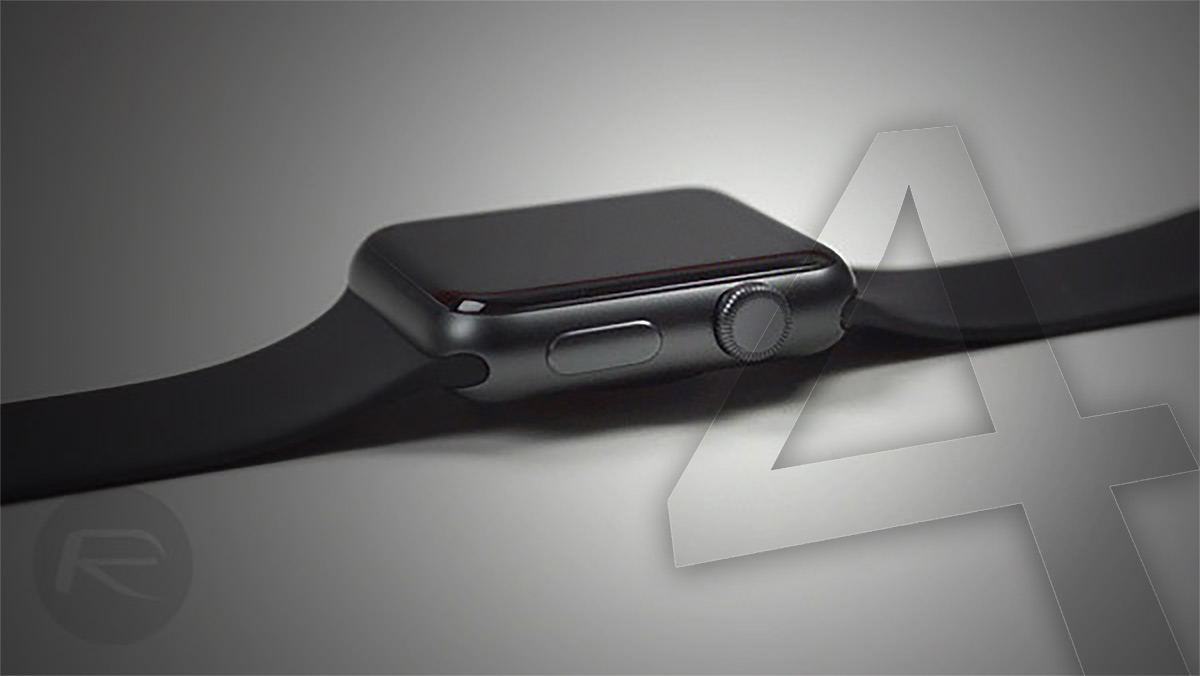While the vast majority of the attention right now is on the iPhones that Apple will announce when CE Tim Cook takes the stage next week, we know that there will also be a new Apple Watch launching alongside Apple’s smartphones.
Set to be called the Apple Watch Series 4, the new watch will be the latest in Apple’s line of wearables that seek to give users a way to access information and notifications on their wrist. In an attempt to do that better than before, it also looks like Apple will increase the resolution of the new Apple Watch’s display, according to new information discovered by 9to5Mac.

According to writer and firmware diver Guilherme Rambo, poking around the latest watchOS 5 beta meant that he was able to spot information that leads him to the conclusion that the Apple Watch Series 4 will feature a screen resolution of 384×480, an increase over the 42mm Apple Watch Series 3’s 312×390.
The increase in resolution will apparently come from a combination of two things. Firstly, the Apple Watch Series 4 will likely boast an increased pixels-per-inch density of around 345, while the display itself will also be larger thanks to a reduction in the size of the bezels surrounding it.
Of course, an increase in resolution doesn’t mean a great deal on its own, but it’s the way that will increase information density that will be most interesting.

Leaked images of the new device, complete with a new watch face, show exactly what could be possible here with a compilation-laden screen something that was simply not possible with prior Apple Watches.

We will know more when Apple launches the new Apple Watch next week, assuming there’s anything left to announce given the rate at which new information is becoming available via leaks.
(Source: 9to5Mac)
You may also like to check out:
- iOS 12 GM Download And Release Date
- iOS 12 Jailbreak Could Be More Difficult To Achieve Than Initially Expected
- Download iOS 12 Beta 12 IPSW Links, OTA Update To Fix ‘A New iOS Update Is Now Available’ Error
- Jailbreak iOS 11.4.1 / iOS 12: Developer Teases Another Possible PoC
- Download iOS 11.4.1 Final IPSW Links, OTA Update For iPhone And iPad
- Download iOS 12 Beta 12 Configuration Profile File Without Developer Account
- Download iOS 12 Beta 12 IPSW Links & Install On iPhone X, 8, 7, Plus, 6s, 6, SE, 5s, iPad, iPod [Tutorial]
You can follow us on Twitter, add us to your circle on Google+ or like our Facebook page to keep yourself updated on all the latest from Microsoft, Google, Apple and the Web.

